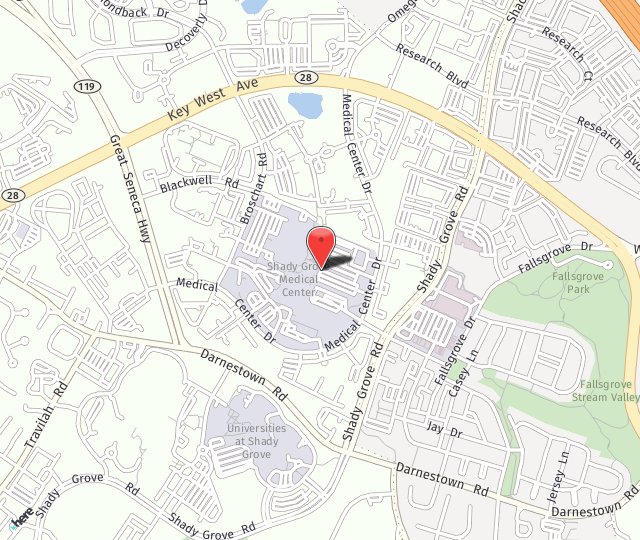A mammogram is an X-ray examination of the breast. It is performed to detect breast cancer in its earliest stages, often before any signs or symptoms of the disease are present.
Mammography allows doctors to detect small tumors that are easier to treat than larger, more developed tumors. And it can also detect small abnormal growths in the milk ducts of the breast, called ductal carcinoma in situ (DCIS). Early removal of these growths will remove the risk of future harm. Mammograms are an effective way to detect cancer early and can aid in the goal of successfully treating and beating the disease.
Reasons for a Mammogram
A mammogram can show abnormalities, such as a tumor, in the breast tissue long before they can be felt. Mammograms may be performed for screening or diagnostic purposes.
Screening Mammograms
Screenings involve producing images of both breasts in order to detect any tumors that cannot yet be felt under the skin. They can also detect calcium deposits that may indicate breast cancer.
Diagnostic Mammograms
Diagnostic mammograms are performed after a lump or other sign of breast cancer has been detected or after abnormalities were present during a screening mammogram. This procedure targets a specific area of the breast and takes more detailed images from many different angles.
Both screening and diagnostic mammography can help diagnose breast diseases, lumps, cysts and benign and malignant tumors.
Candidates for a Mammogram
It is recommended that women older than 40 have mammograms annually. Patients with the following risk factors should take extra care to be screened regularly:
- Personal or family history of breast cancer
- Abnormal changes in the breast
- Long-term use of hormone therapy
Studies have shown that regular screenings can help reduce the number of breast cancer deaths in women. Detecting cancer early and treating it immediately, before it spreads, increases a patient's chance of remission.
Preparing for the Procedure
Patients should not schedule a mammogram the week before they have their period, as the breasts are usually tender at this time.
The doctor may ask the patient not to wear deodorant or lotion under the arms or on the breasts on the day of the mammogram. Otherwise, there is no special preparation needed for the procedure.
The Mammogram Procedure
During a mammogram, the breast is placed on a small platform and compressed with a paddle while it is exposed to a very low dose of radiation. Compression helps even out the thickness of the breast so that all breast tissue can be visualized, and it also holds the breast still to minimize blurring of the image caused by patient movement. Images of the breast tissue are produced and then displayed on a computer screen for the doctor to view.
The patient may experience pressure on the breast from the compression, which may be uncomfortable if the breasts are sensitive. Most patients tolerate the mammogram procedure with no problem.
Risks of a Mammogram
A mammogram is considered to be a safe procedure for most women, including those with breast implants. Patients should advise their doctors if they are pregnant or have any preexisting medical conditions.


